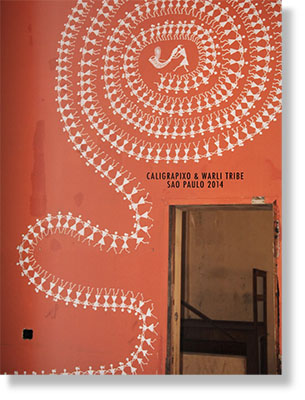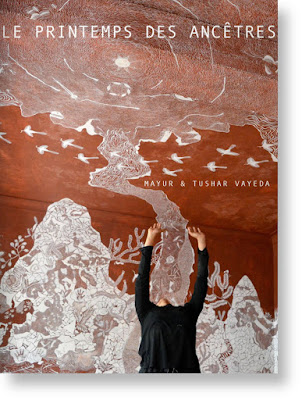LEKHA & ANUPAM PODDAR
Lekha Poddar, from Delhi, began collecting in the late 1970s and her son Anupam in 2000. Together they recently set up the Devi Art Foundation. They now have 7,000 works of Indian art, ranging from tribal to contemporary (with some from neighbouring countries).
> read more
lundi 13 avril 2009
Top 10 most influential contemporary art collectors
mercredi 1 avril 2009
Hype and hysteria
Source : Business Standard Kishore Singh.
There’s decreasing demand, few transactions and no money anyway left over for art.
Typically, in the corporate world, when you buy goods such as computers, or furniture, or office cars, the secondary prices plummet while companies, or individuals, enjoy the tax breaks offered on account of depreciation.
Usually, though, when you buy art, the secondary prices tend to shoot way higher than primary prices, which is what had made investment in art so attractive, especially in the last decade when prices were shooting insanely upwards.
But a recent Saffronart auction seems to have shown a mirror to the art fraternity that has had a more sobering effect than a cup of coffee on a hung-over man. Not only were estimates for many of the consigned artworks in the sub-Rs 2 lakh category for established artists like Rekha Rodwittiya, Anjolie Ela Menon, Jogen Chowdhury & Co, several masters (F N Souza, M F Husain, Ram Kumar and others) too found their comeuppance with drawings or small works so attractively priced, even hacks like me considered cashing in our mutual funds for a shout ahead of the crashing gavel.
For the record, Anjolie Ela Menon’s oil on masonite work sold for Rs 2.6 lakh, Rodwittiya for Rs 1.8 lakh, a few Souza drawings barely scraped past the Rs 2 lakh mark, and if I hadn’t been let down by my mutual funds, I’d have outbid the collector who took home Jogen Chowdhury for Rs 1.2 lakh.
Which, logically, seems to be the problem in the art world. When people’s economic empires have crashed around them, when they’ve been slipped pink slips, but kids still have to be schooled and mortgage payments made, it’s logical they’ll sell anything that will convert into liquidity. And so a steady flow of art is making its way into galleries and auctions. But here’s the rub: Auction prices are public, gallery prices are not.
So artists are seething at the public erosion in their value, gallerists are upset over the outing of that information, collectors are heartbroken over the loss in their investments, and there’s an explosive pointing of fingers at each other. Bad times bring out the worst in people, and the art world is proving no different.
What’s laughable is that everyone loves transparency when the prices are going up and up and up — the auctioneers’ estimates then are bellwether references on which everyone benchmarks their prices — but hates it in a down-market. But accusing auction houses of dirty tricks is hardly creditable: After all, an auctioneer is merely an agent between a seller (who must be satisfied with the price at which the work is both estimated and sold) and the buyer (who must be comfortable about the price of his purchase), and would surely be happier with higher prices (and therefore higher commissions).
So, to my very good friend and gallerist, who asked, last week, whether her fraternity was overreacting: Alas, yes. And to my collector friends who want to know if it’s a good time to buy: If you have the liquidity, now’s the best.




















